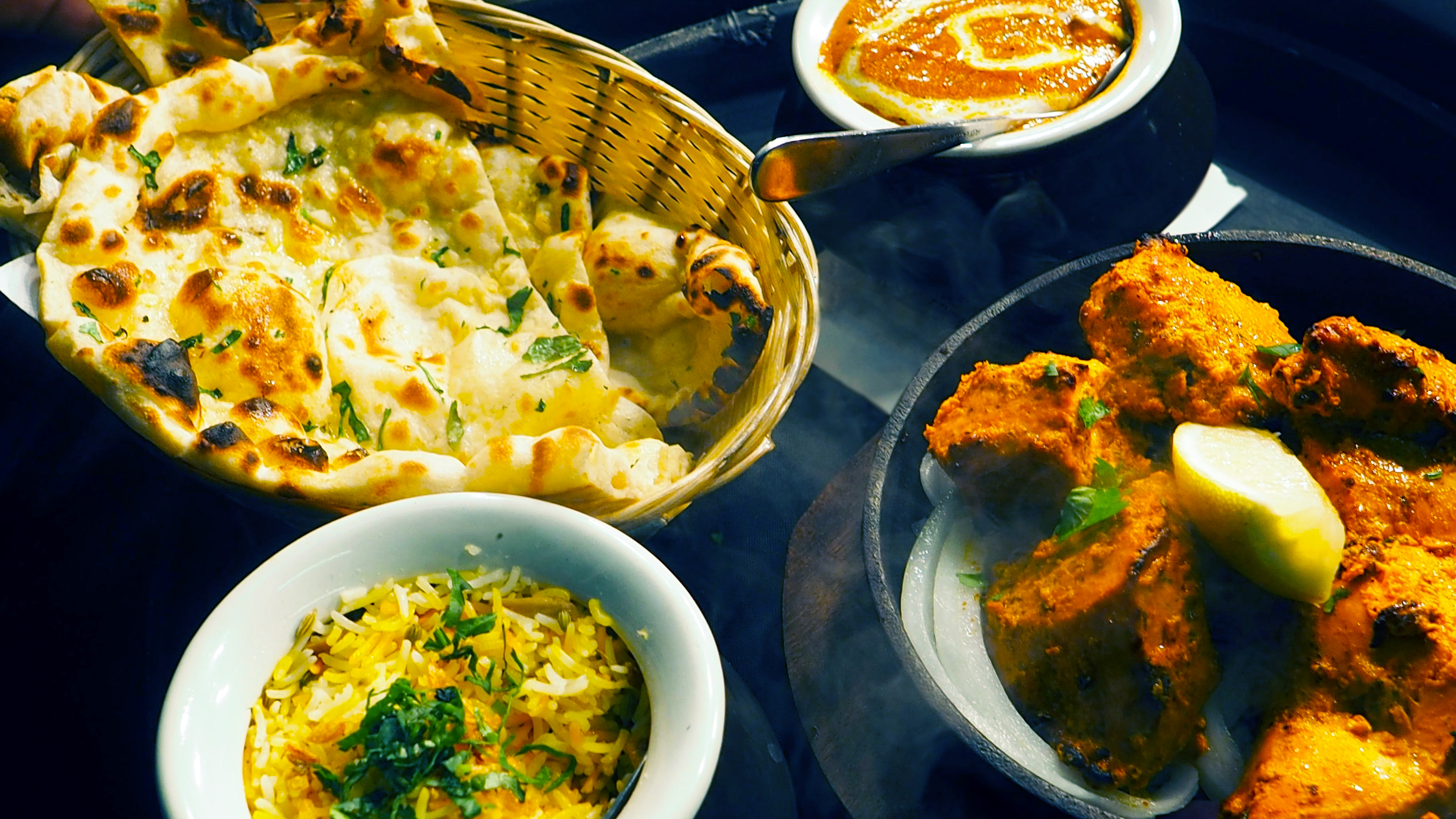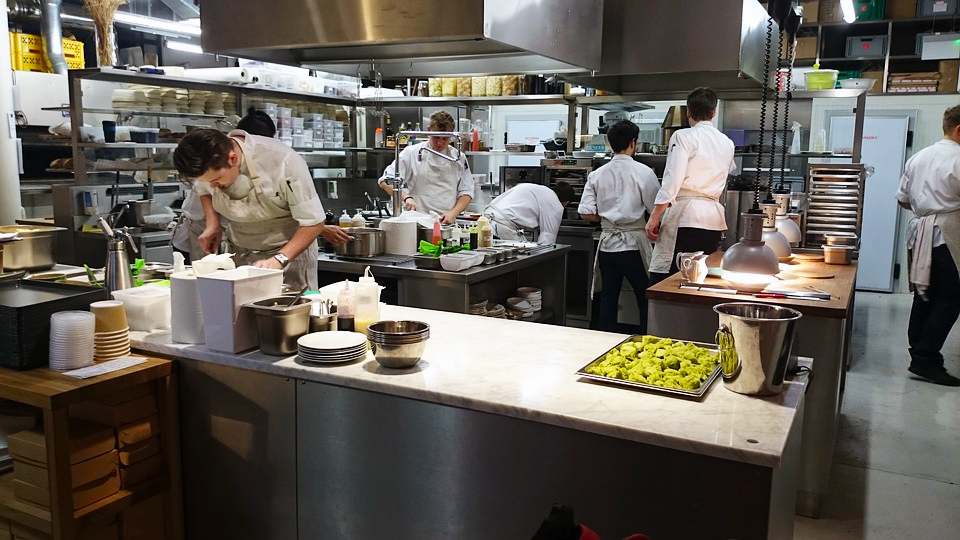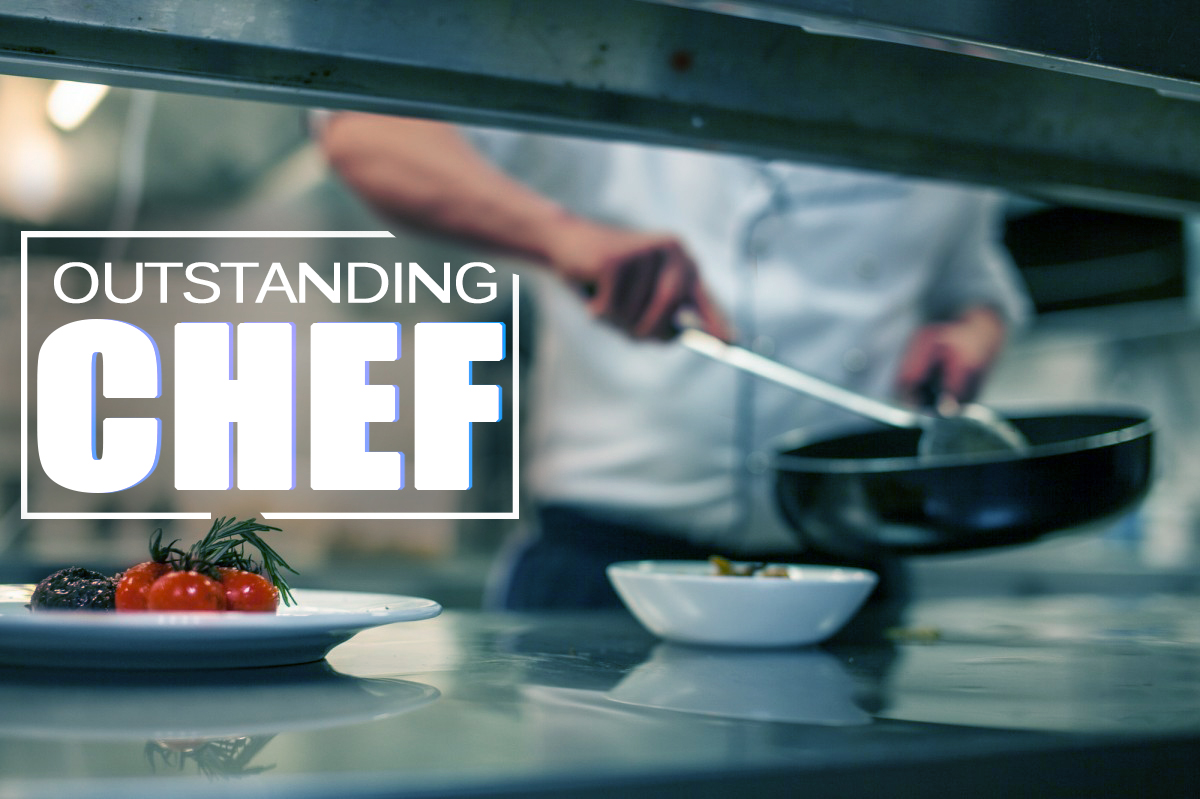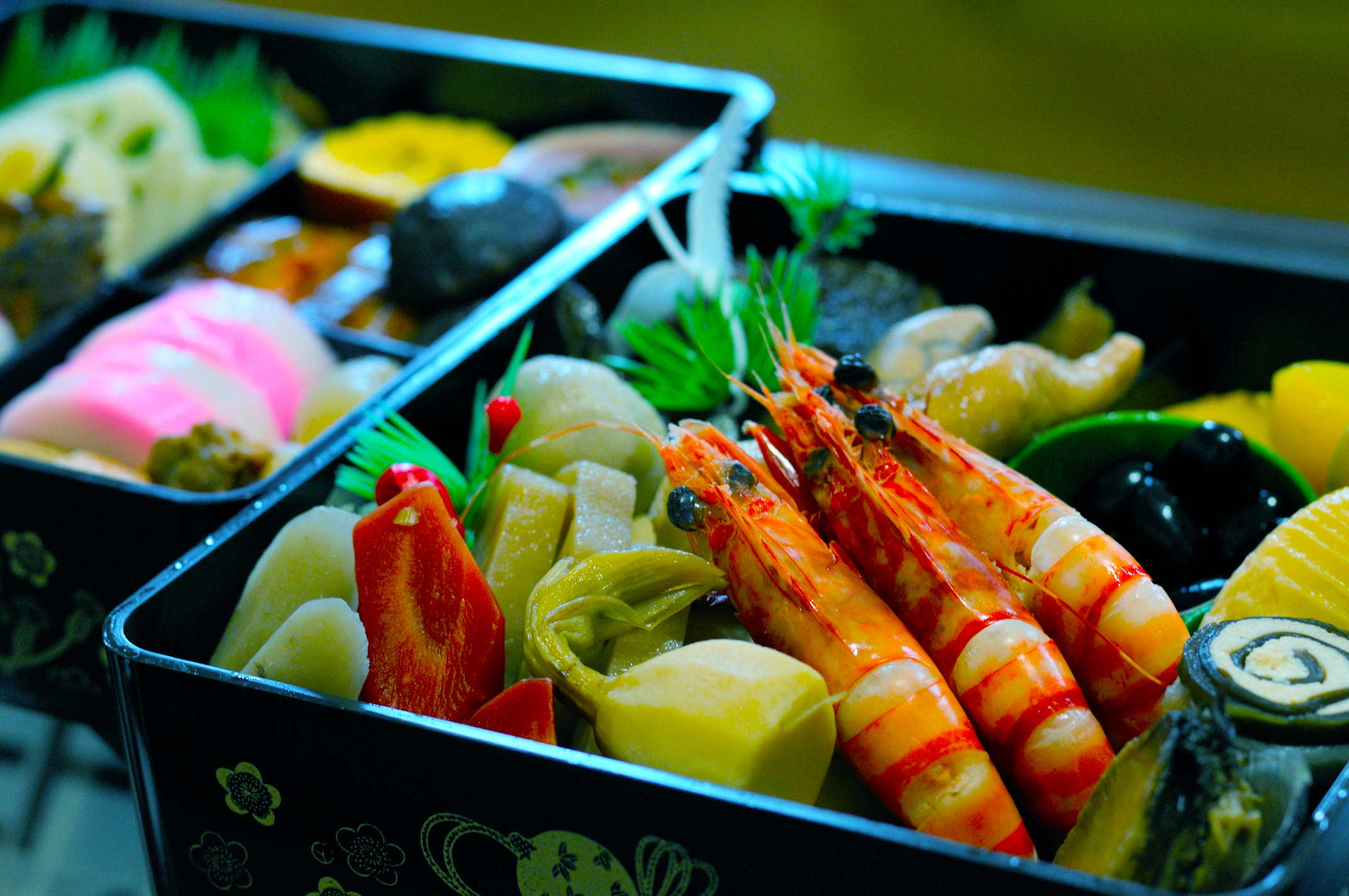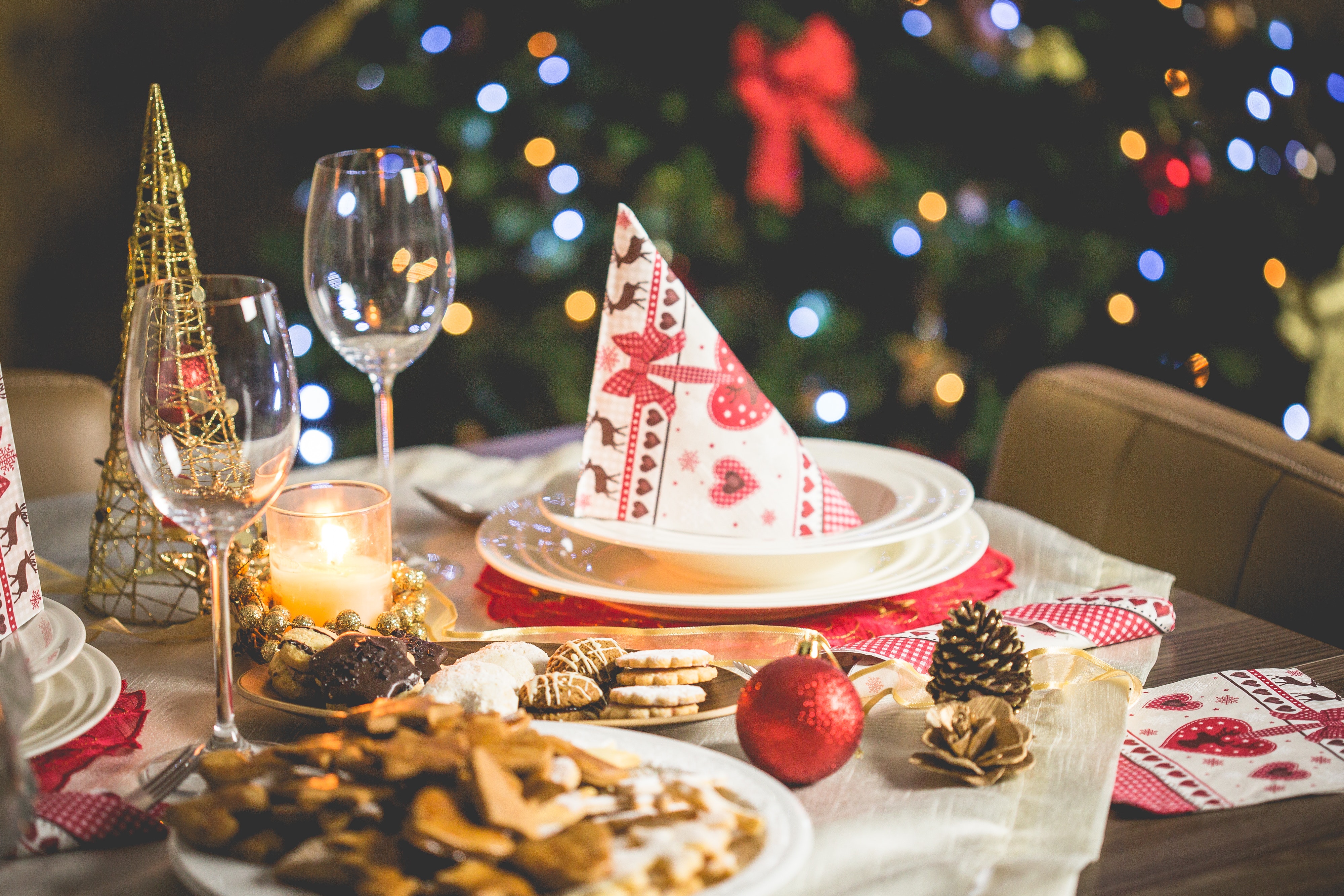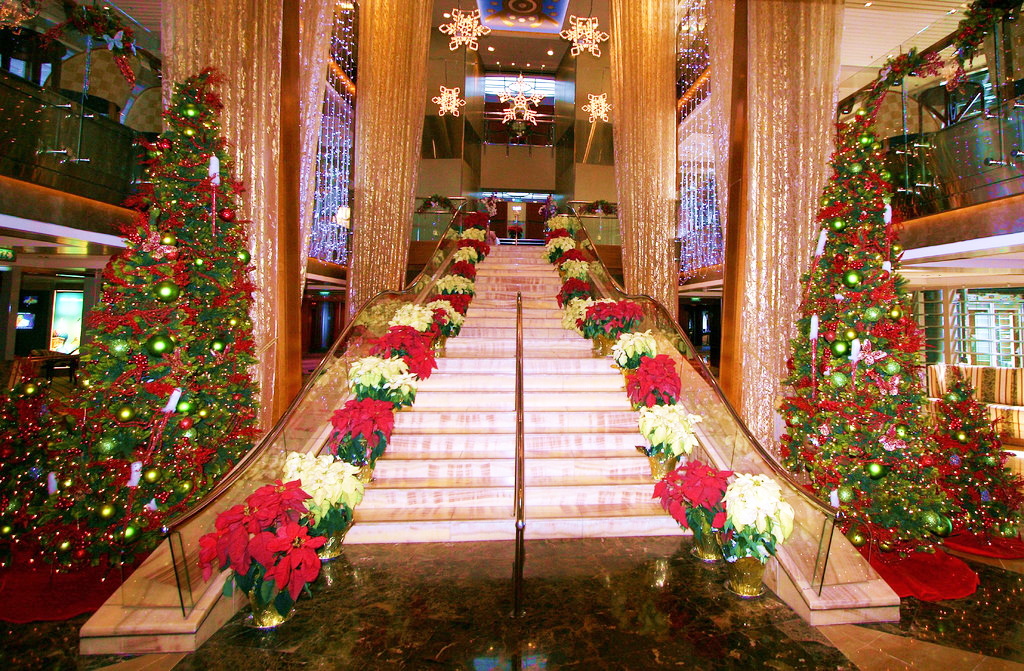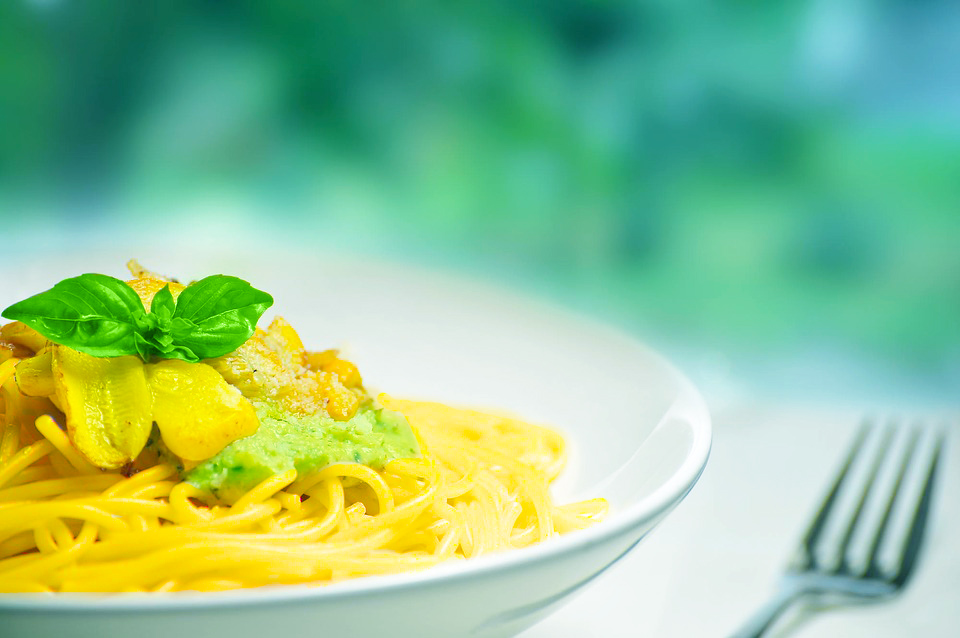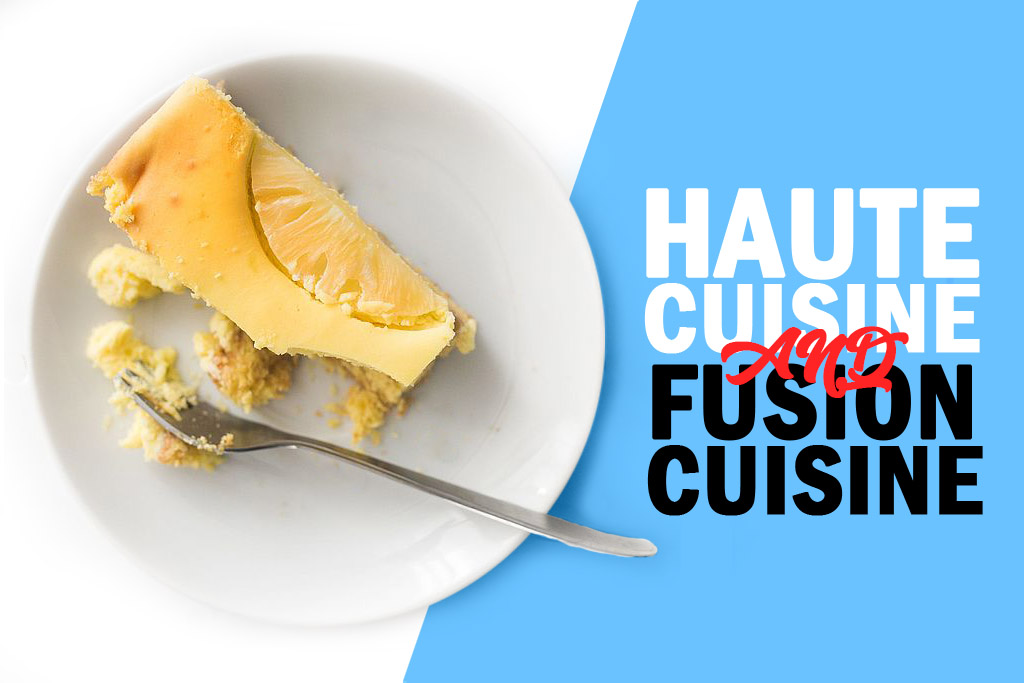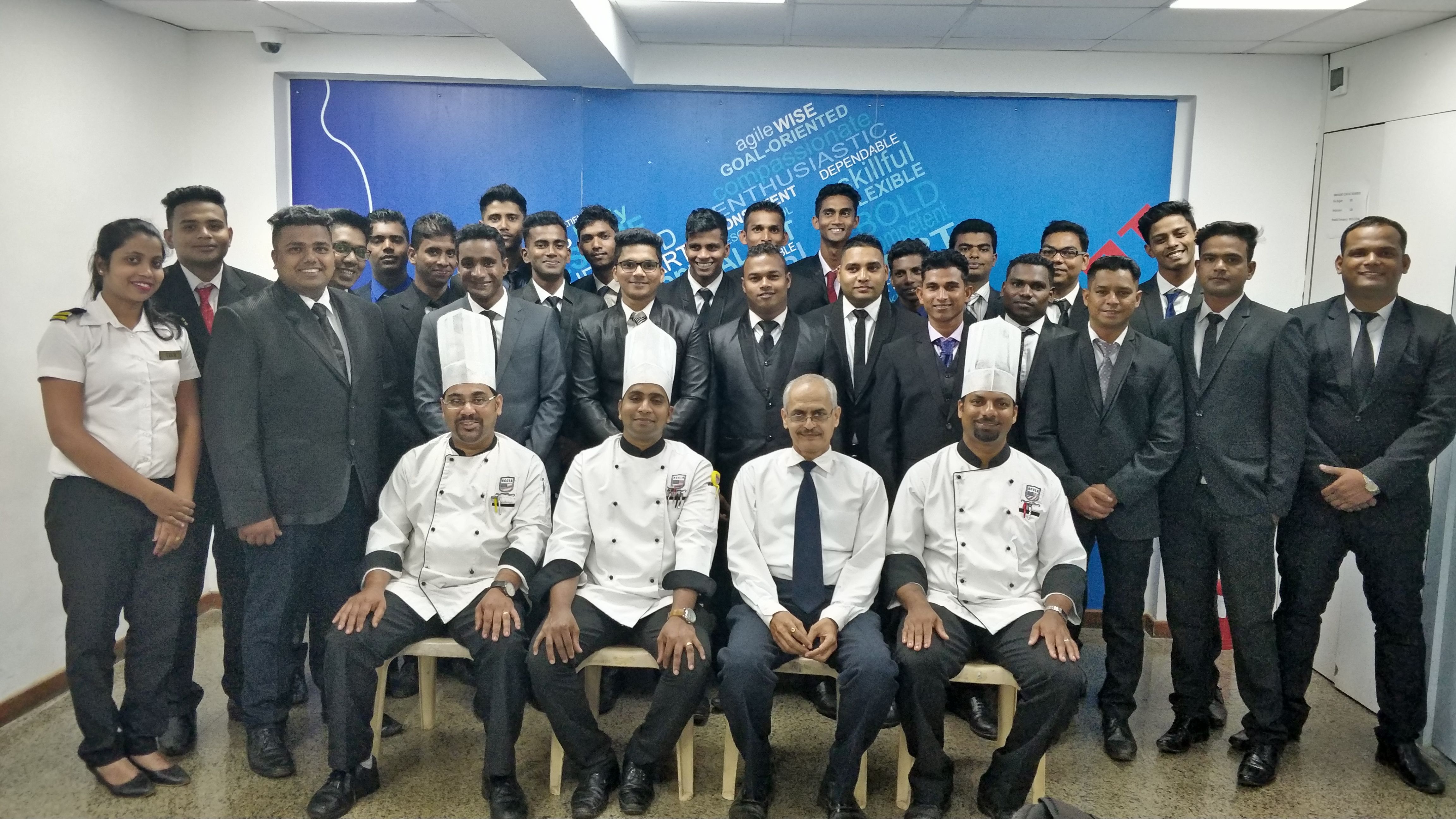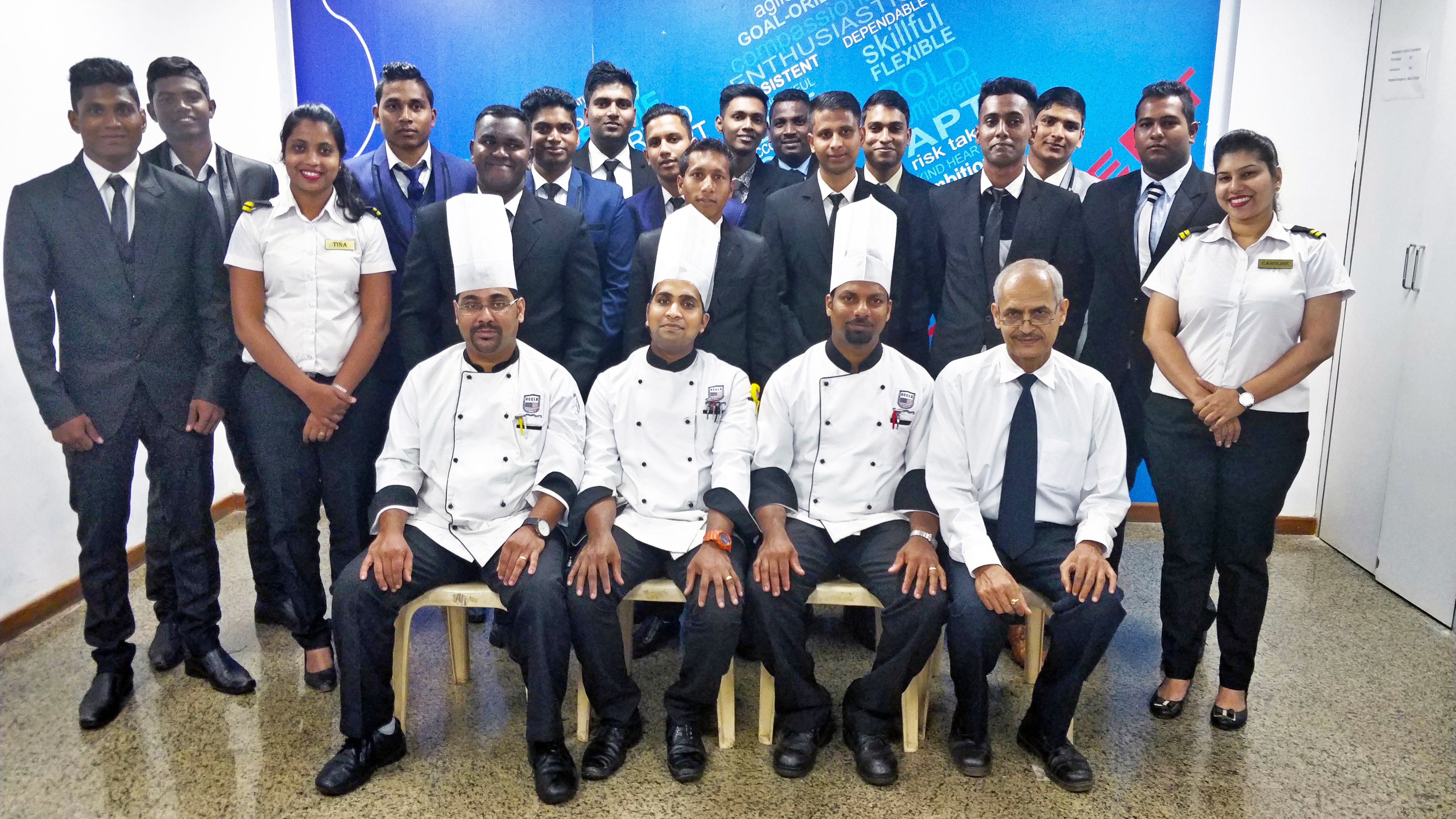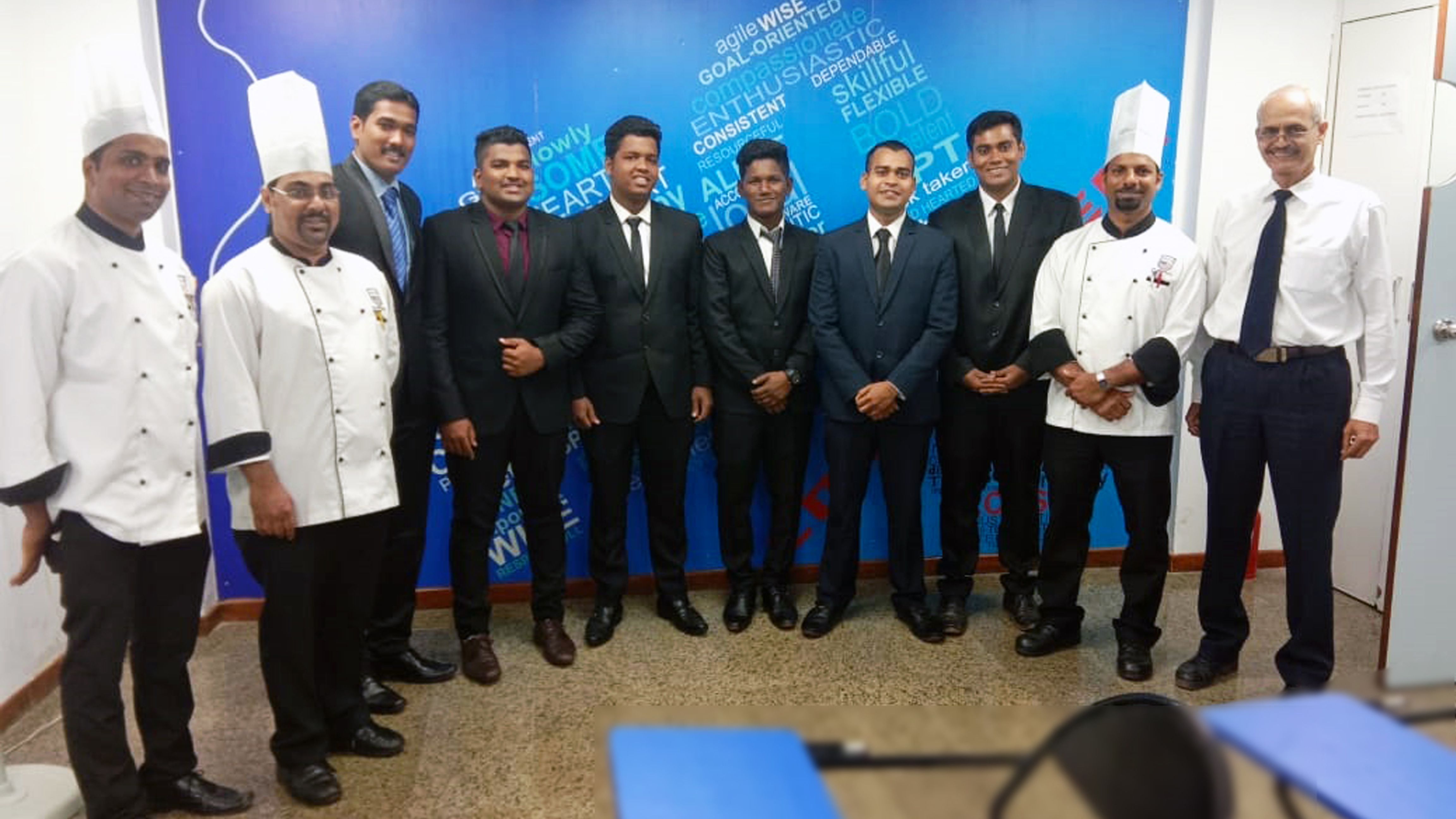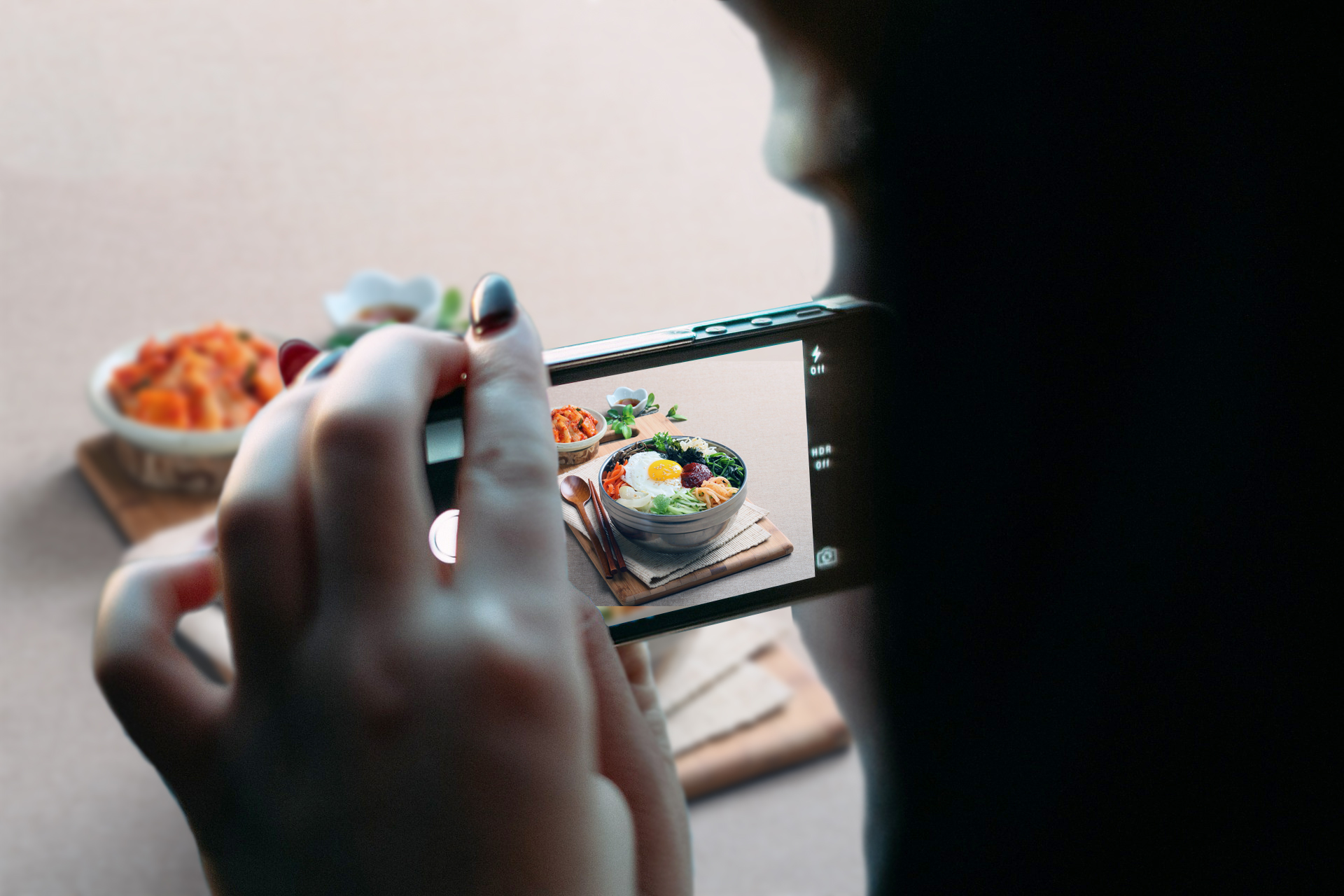 Instagram is the most widely used photo and video-sharing social networking service in the world, with more than 800 million users as of September 2017. Used well, it can be an excellent launch pad for new businesses, help immensely with sales and marketing, and generate business.
Instagram is the most widely used photo and video-sharing social networking service in the world, with more than 800 million users as of September 2017. Used well, it can be an excellent launch pad for new businesses, help immensely with sales and marketing, and generate business.
For cruise ship chefs, Instagram is a great way to set the tone for future ventures and showcase abilities. On board, you will be sending out thousands of meals in a single day; with a variety that boggles most minds. You can use Instagram to create a visual resumé of the food you create to better your prospects. Here are a few tips to take better photographs for Instagram:
KNOW YOUR PHONE
Today’s phones offer innumerable options for photographs. Take test shots on your phone to understand how it works in different lighting conditions and how its various manual settings affect the image.
Knowing how your phone responds to various settings will help you take quick decisions in the galley for the perfect photo.
PLAY WITH LIGHT & ANGLES
Almost every notable Instagram influencer advises using natural light for better images. But this is not always possible on board. If you are a cruise ship chef working a barbeque close to deck or a pastry chef doing demos outdoors, it might be possible. But down in the galley, you will almost always be depending on artificial light.
In this case, use it as best you can, ensuring that the light is always away from you and not behind you to avoid shadows on your food. Use white napkins to help bounce light back onto your dish or the torch from a friend’s phone to light up a specific spot in your frame.
You don’t always have to take photographs from the same angle either. Switch it up now and then to get a better picture of your food. Try a 45 degree angle or a close up shot or even an overhead shot to bring the dish into focus.
FOCUS ON THE FOOD
Ensure that the food is always the main focus of your photograph. Keep the phone steady so you avoid blurred images, and find a focal point for your image. It could be the gooey layers of a chocolate cake, the mélange of colourful items on a Buddha bowl or a steaming cup of coffee.
Additionally, it might be interesting to add some action into your photograph. Perhaps include the process of making food – a cutting board with knife and vegetables that are indicative of the dish you are about to make, a smoothie or tea being poured, a ratatouille being placed in the oven.
Colour makes a big difference to photographs on Instagram so if your dish has colour, take a picture or two. Sometimes, the serving dish can bring out the colour of the food – perhaps a black plate with a dollop of creamy hummus and a vibrant garnish on the side.
TAKE SEVERAL SHOTS
That said, take time to compose your photograph. Even though you can now take horizontal and vertical photographs on Instagram, it remains a predominantly square medium.
One useful practice is to remember the rule of thirds – a classic composition strategy in which you divide your frame vertically and horizontally in thirds. The main focus of your photograph should rest where the lines intersect – typically a third of the way from the top or bottom, and right or left.
Once your photograph has been composed, take multiple images. Sometimes, the image is fuzzy, has a shadow, or your arm is bumped by mistake in the galley. Taking a few options allows you to later choose the best one to upload.
POST-PROCESS
Finally, don’t be afraid to tweak the image here and there. It’s best to avoid filters, say Instagram bloggers, and instead use photo editing apps like Snapseed and Afterlight that mimic some of the features of Photoshop.
With these, you can adjust colour saturation, brightness, warmth and more, but sparingly. The key is to use it to make the photograph look better, not fake. The food in your photograph should look appetising and interesting.


